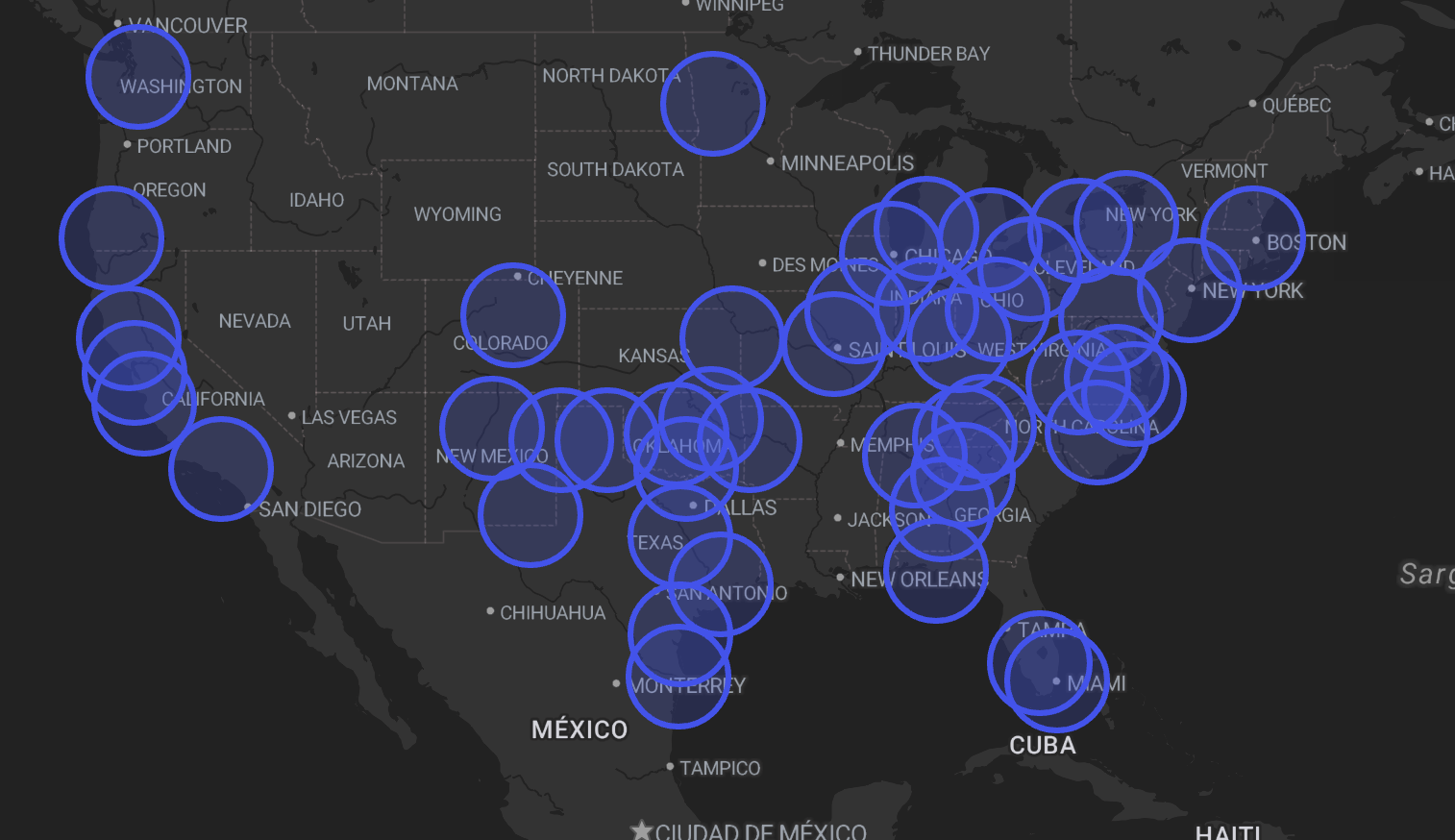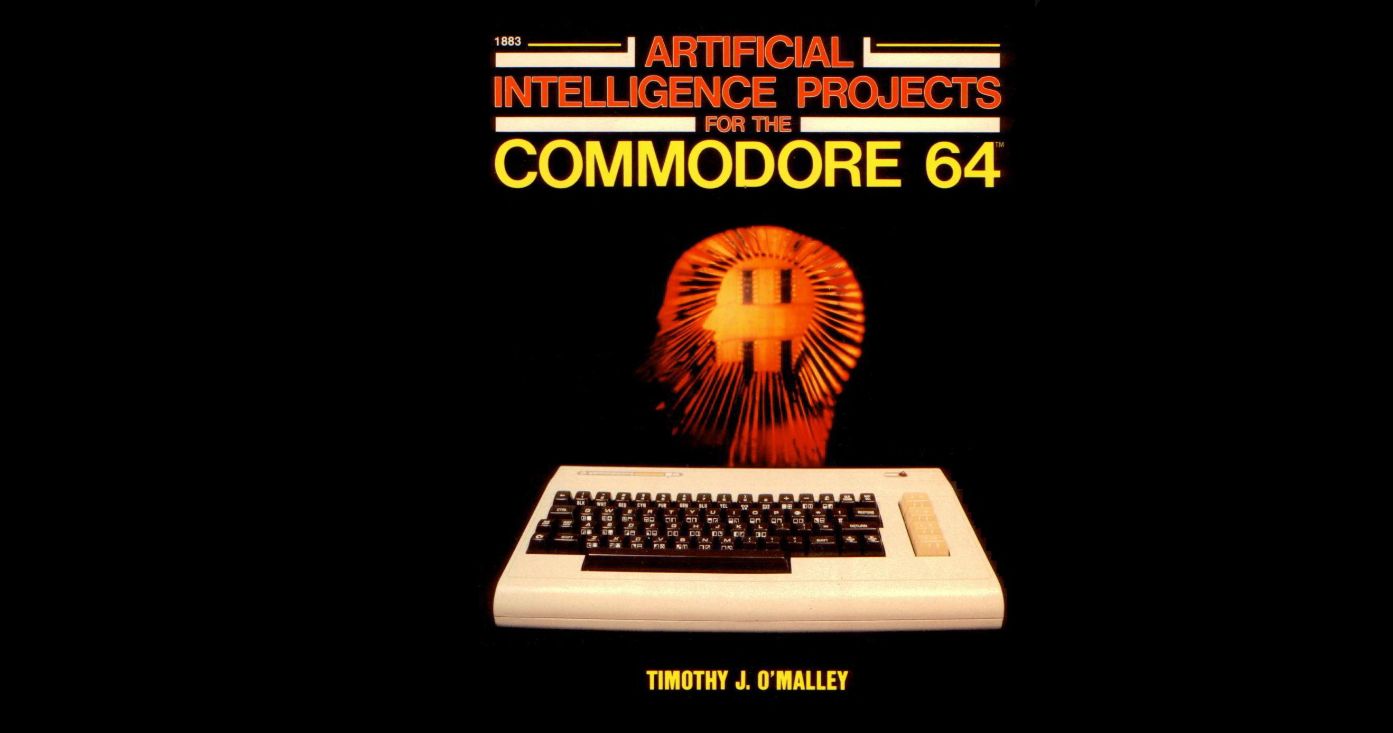I’m with you.
I think GP has one or two good points about shortcomings of the existing distributed platforms, but I also think these things can be addressed. For example, a centralized system’s single namespace for usernames brings advantages for both identity and usability. This would be harder for a distributed system to implement, of course, but it’s not impossible.








https://en.wikipedia.org/wiki/File:Prism_slide_5.jpg